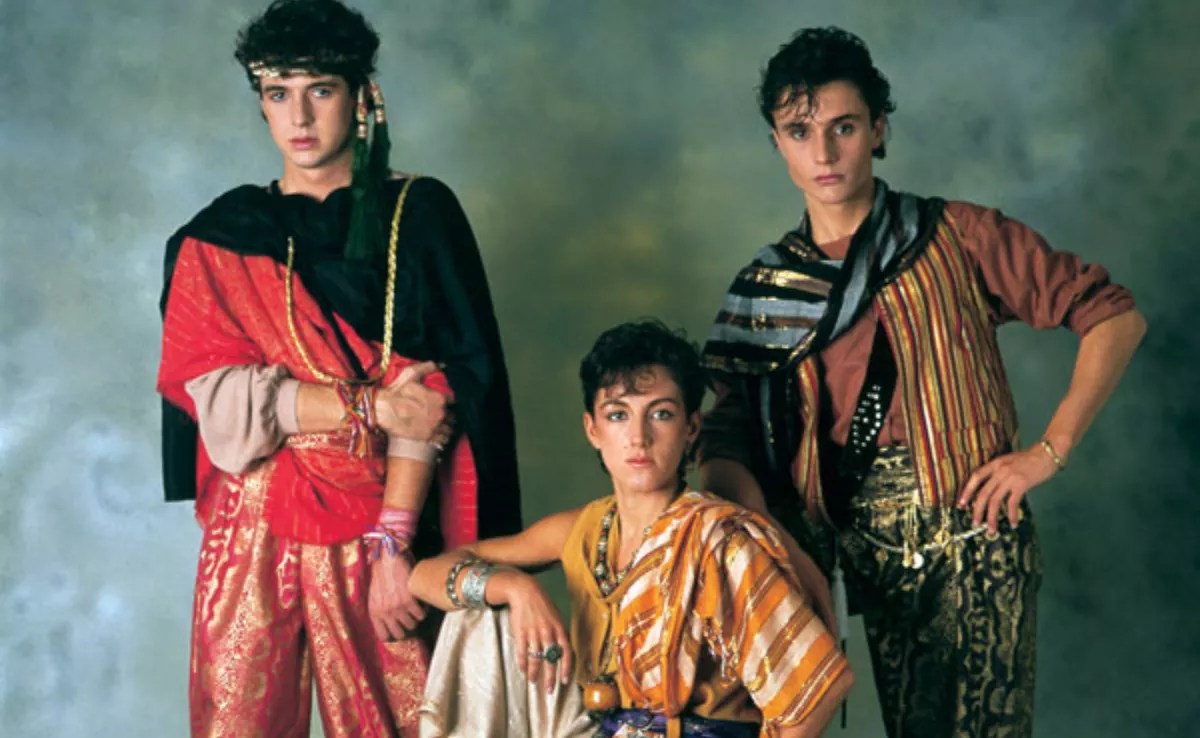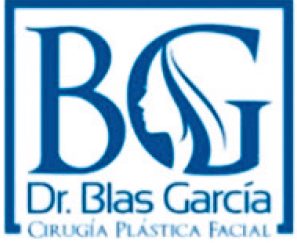The maritime park known as Underwater Gardens Park Tenerife is set to be established in the southern municipality of Guía de Isora (Punta Blanca area). This initiative, supported by the Island Council as a Project of Insular Interest (PII), includes facilities both on land and in the ocean and is currently undergoing the environmental assessment process. The park will cover an area of 10.6 hectares concerning the land aspect of the PII, not including the marine area. This significant space is situated approximately 103 metres from the public maritime domain on the west, adjacent to the TF-47 to the east, with banana cultivation areas to the north and south, known as La Sabina (to the north) and Salvador Reyes, now La Jaquita farm (to the south). Nonetheless, the development company’s own analysis indicates that the entire area under consideration totals 17.23 hectares.
This information is detailed in one of the documents submitted to the Cabildo, which the island administration has also made available on its website. Among these documents, one includes multiple plans concerning the island and the affected area, along with an annex related to mobility and parking for this leisure facility, focused on “regenerative” and “sustainable tourism.” A particularly comprehensive document outlining the intended developments in the Punta Blanca area (between Varadero and Alcalá, without detailing the marine aspect) comprises 284 pages, prepared by Geodos, a planning and services firm based in Santa Cruz de Tenerife. This constitutes version 12 (focusing on the terrestrial components) and was crafted in 2024 at the request of Underwater Gardens International SL by a large team, led by editorial director Marc García Durán Huet (an architect and urban planner), alongside additional architects, an urban planning lawyer, two geographers, a Geographic Information Systems specialist, and an archaeologist.

The initial version was presented on 28 December 2022, following prior procedures with the Guía de Isora City Council, and the PII received endorsement on 22 February 2022. Subsequently, the promoters solicited a report from the Department of Ecological Transition and Fight against Climate Change regarding the adequate evaluation of island interest. It is also clarified that requests from the Historical Heritage Service and the Roads, Landscape and Mobility Service have been duly considered, incorporating both annexes, which suggest an alternative route from the La Jaquita roundabout (on the TF-47) to connect with a rural road that leads to the southern boundary of the area.
The project is currently in the consultation phase, which closes this Friday (11 October), and according to information gathered by Canarias Ahora, some esteemed environmental organisations are expected to submit their comments.
Within the documentation presented to the Cabildo of Tenerife, the promoting company has requested the environmental evaluation through standard channels, acknowledging that the project necessitates thorough analysis from this perspective, while also seeking to create an “integrated facility within the landscape, sustainable and regenerative.” The promoters explicitly state that the impact of this Project of Insular Interest is occurring in an area of significant extent, located on common rustic land (with portions classified as environmental protection, as acknowledged by the Cabildo) and alongside the coastal strip, intersected by a ravine included in the inventory of public channels of the Hydrographic Demarcation of Tenerife. Further, it portrays the land as “currently degraded and subjected to the PII in the process of developing a strategic territorial action (…), prioritising the environmental regeneration of biodiversity and ecosystems, especially within the land designated for environmental protection.”
An initiative of this magnitude will require the “reorganisation of the Punta Blanca area,” as acknowledged by the proponents themselves. They further emphasise that the goal is to promote “a tourist product that blends science, technology, education, and art to restore marine ecosystems and coastal regions, raising awareness about the significance of ocean health and climate change and endorsing sustainable practices.”
New access road and site surface
Concerning the road intended to provide access to and from the maritime park, this proposal outlines three possibilities, ultimately favouring the third option. This consists of an “entrance from Varadero-Alcalá via a service road featuring a deceleration lane, a connection to an internal road with flow separation based on transport type, and an exit onto an acceleration lane leading to TF-47 toward Varadero–Alcalá. The access point is positioned after passing in front of the external plot, with the exit located in the southern part of the section.” In this case, the system of public spaces encompasses 6,546 square metres, of which 2,942 are designated for public use. This includes 1,269 square metres for the road and 1,672 square metres for hydraulic space (ravine), alongside a “public transfer area of 3,604 metres.” Furthermore, the “private plot of the recreational tourist establishment” occupies 99,715 square metres, having the same area for “units fit for construction” and a “buildable” area of 16,282 square metres.
Although this document does not specify what the park will encompass in the Atlantic, it clearly indicates the complete connection between the land project and the sea project. However, it is emphasised that “it is critical to recognise that while the vision and objectives for the terrestrial and marine areas of the regenerative park are aligned, the regulations governing land, both terrestrial and maritime, alongside the necessary administrative and environmental processes required to authorise, enable, and execute the proposed interventions and activities in each sector differ.”
Three other sites in Arona were evaluated and dismissed
The company asserts that “land-use planning, as defined by the Tenerife Island Planning Plan (BOC no. 58, dated March 21, 2011: PIOT), organises the area as a space for homogeneous regulation of economic protection 3” and that its tourism facilities “do not contradict land-use planning, since the use is permitted as secondary, provided it is situated within a tourist reference area, which is applicable in the southwest region.” It also states that since 2019, it has chosen to concentrate its studies in the Southern region of Tenerife and has considered three additional alternatives, excluding the Punta Blanca area. However, it selected this part of the Guía de Isora coast, believing it offered a more practical location than Las Galletas, Palm-Mar Rasca, and Los Cristianos, three areas within Arona.
According to their assessment for this decision, factors (totaling 15 variables) were evaluated, including the potential for the seabed to be integrated into the complex, the suitability for the regeneration of marine space and varying levels of diving, alongside the absence of protected habitats, concessions, or aquaculture safety zones. They ensured that nautical sports were not compromised and that the location was “a key point in the tourist area,” allowing for the “visual appreciation of territorial elements of scenic value,” considering the “quality of existing flora and fauna.” They also highlighted “coherence with the land-use planning model” and the importance of fitting within it while paying particular attention to any possible impacts on the landscape and agriculture. Likewise, ensuring that “the beneficial continuity of existing activities in the vicinity is not disrupted, facilitating circular economy initiatives” and that “value is contributed, insofar as possible, in relation to the objectives established for the Sustainable Development Goals, related to overall performance.” They also referenced “low building density” in this area, an “ownership structure that allows for agreements for acquisition, joint management, or land provision” and the dynamics of slopes, seismic activity, volcanic risks, coastal and river flooding, as well as fire hazards in vegetation masses.
Considering all these factors, the Punta Blanca option consistently achieved the highest score, although it tied with other alternatives three times. The cancellation of Arona’s PGO has also hindered progress. Amongst other points, they emphasised that “there are no BIC” (Asset of Cultural Interest: for potential aboriginal sites, for instance) nor “protected terrestrial species or habitats of interest for conservation, as stated in the consulted sources. The only identified instance is HIC 1250 -cliffs featuring endemic vegetation from the Macaronesian coasts, which is included in the thematic mapping analysed for this initial strategic document. By examining the geographical distribution provided by the Habitats of Community Interest mapping (compiled in 2016 using sites from the 2006 Vegetation Map, as outlined below), it appears that this formation, if it currently exists in the area, must be situated in the DPMT or distanced from the intervention zone adjacent to the Punta Blanca road, which is a conditioned and expanded pedestrian pathway, pending execution in its southern phase.
















